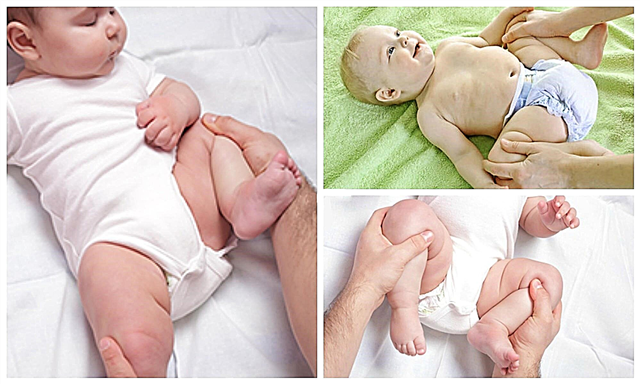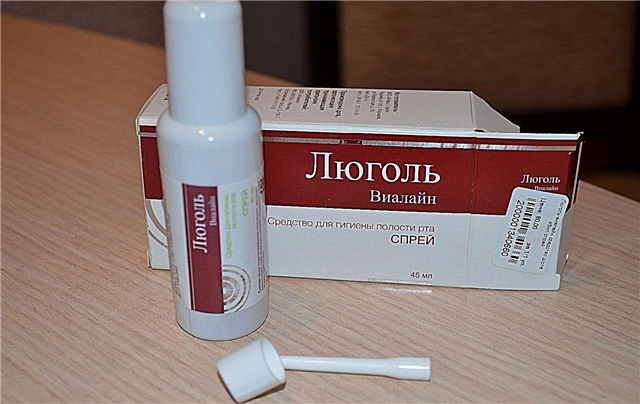
A child's ear is a vulnerable place, and usually it gets sick suddenly and at the wrong time. On vacation, after swimming in the sea or in the river, at the dacha, on weekends, when clinics are closed. Often, acute pain begins at night. The main thing is not to panic, says the well-known children's doctor Yevgeny Komarovsky. Everything has its own explanation, and first aid for ear pain is not a very difficult task.

Why does the ear hurt
There can be many reasons. This is an insect that has got into the ear canal, and a small foreign object, for example, a small part from a toy, and water that got into the ear when swimming in nature. Acute pain can be caused by a sulfur plug or an inflammatory process in the hearing organs.that can start with a cold or viral infection.
Your child's behavior for ear pain will depend on age. Babies cannot convey their suffering to their parents in words, they will shriek, and if you put them on the side with which the diseased organ is located, the baby will begin to calm down.


Children from one to three years of age can already show that they are worried, but the pain is so severe that they cannot concentrate on it. They will cry and rub their big ear with their hand. If you notice that the baby is naughty, refuses to eat, sleeps poorly and scratches his ear, these are sure signs of incipient inflammation in the hearing organs.
After three years, babies are able to explain to mom and dad where and what hurts them, and parents should not experience difficulties with the diagnosis.

Doctor Komarovsky about ear pain
Evgeny Komarovsky considers otitis media to be the most common cause of severe ear pain. Moreover, one of three parts of the ear can become inflamed - external, middle or internal.
The video release of Dr. Komarovsky's program on the topic of children's otitis media can be viewed below.
If the outer ear is inflamed, it is perfectly visible with the naked eye, there is no acute pain, and it is quite simple to help the child. Otitis media, as the name suggests, is inflammation in the middle ear, the area on the other side of the eardrum. This disease is very painful. This is the diagnosis that doctors make in most cases to children who suddenly began to shoot and hurt in the ear.
Otitis media of the inner ear, or as doctors call it "labyrinthitis", is the most serious of the variations of ear inflammation... Fortunately, this type of otitis media is not common. Komarovsky argues that internal inflammation rarely occurs as an independent disease, usually this condition is the result of untreated otitis media or its complications with improper treatment or the complete absence of it. Also, labyrinthitis can be a consequence of a severe infectious disease.


In the middle ear, which becomes inflamed in most cases and gives a lot of unpleasant sensations to children of all ages, there is a special space, the so-called tympanic cavity, in which the auditory ossicles are located. It is easy to receive sound vibrations and transmit them further - to the internal section, the middle one can only when the pressure in this cavity is at the same level with the atmospheric one.

This level is "monitored" by the Eustachian tube, which has a special mission. It connects the cavity to the pharynx. When the child makes a swallowing movement, this tube opens and gives air access, the pressure is maintained at a normal rate, and the ear is ventilated.

When the pressure changes, otitis media occurs. An imbalance within the tympanic cavity occurs when a child dives into water, but this is not the most common cause. More often, the patency of the connecting Eustachian tube is broken, and the pressure can no longer be maintained at the same level with atmospheric. This happens with inflammatory processes in the nasopharynx, for example, with a cold or a viral infection.
Children often sniff, because they cry more often, and also with a runny nose, if some of the mucus from the nose enters the nasopharynx, and from there into the Eustachian tube. And this also becomes the cause of the development of otitis media.


As soon as the pressure in the cavity changes in the negative direction, the cells that form the basis of the cavity begin to produce a specific fluid. The child develops a severe pain syndrome. In most cases, hearing is reversibly affected. If you do not take urgent measures, after two or three days the inflammation becomes purulent, sometimes under pressure the eardrum does not withstand and breaks, and pus begins to flow out.

It is much more difficult, according to Komarovsky, to determine otitis media in an infant. Unreasonable crying, restless behavior, disturbed sleep can cause suspicion in parents. But you can confirm the guess with the help of simple manipulation.
You need to slightly press on the tragus (a small protrusion in front of the auricle). If the baby is tormented by otitis media, then such a press will multiply the pain and the baby will go into a heart-rending roar. If, when pressed, the child does not change behavior, you need to look for the cause of his anxiety not in the ears, but in something else.

If a child's ear pain is accompanied by a symptom such as the appearance of a lump behind the ear, which hurts when pressed, a more thorough examination and additional diagnostics will be needed, as this may be a sign of mumps, rubella and other acute infectious diseases.

Treatment
Evgeny Komarovsky tells parents in detail about the processes that take place in the child's ear, not at all so that mothers and fathers can practice their medical wisdom in plenty. Only a doctor should diagnose ear pain! The specialist will carefully examine the condition of the tympanic membrane and find out all the necessary information about its integrity or perforation (violation), about the degree of otitis media, its type and the presence of a purulent or catarrhal form. All these factors will be decisive in prescribing drugs for treatment and will determine the duration of the course of therapy.
Komarovsky does not recommend treating otitis media with folk remedies, this can lead to serious complications - to complete hearing loss. And this is not the worst consequence. Worse if purulent meningitis begins.

In the standard set of medicines for otitis media, Evgeny Olegovich recommends to include vasoconstrictor nasal drops... They are quite effective not only for a cold, but also help relieve swelling in the area of the Eustachian tube. The main thing, reminds the famous children's doctor, is not to forget that such drops are persistently addictive, and therefore they cannot be used for more than three days.

This nasal instillation should precede any manipulation of the child's ears, such as topical treatment. From drops in the ears, Evgeny Komarovsky advises antiseptics that will help quickly relieve inflammation. It can be good old boric alcohol, which has been tested by many generations, but it is better if you take more modern drugs, since there are now several dozen names to choose from in any pharmacy. Komarovsky considers drops with a pronounced analgesic effect to be a good choice, they allow you to quickly help the baby. It can be "Otinum" or "Otipax", as well as "Sofradex" and many others.
Usually, says Komarovsky, in the difficult matter of treating otitis media, one cannot do without antibiotics. Optimal are those funds that effectively destroy the causative agent of the disease, and at the same time get well into the cavity. These drugs include "Amoxicillin".

The attending physician will give the parents a more accurate scheme indicating specific drugs and their dosage. But we started the conversation with the fact that it is not always possible to deliver a child with acute ear pain to a hospital immediately. Evgeny Komarovsky offers the following first aid scheme:
- Nasal drops, narrowing the lumen of blood vessels ("Nazivin", "Nazol").
- Drops in the ears (and, necessarily in both!) For anesthesia and disinfection - "Sofradex", "Otinum".
- Dry heat on the ear (cotton wool or woolen scarf). The categorical prohibition applies to warming compresses and heating pads.

These simple measures will provide temporary relief, for the time it takes to get to the clinic or hospital and show the child to a specialist.
If liquid purulent fragments began to stand out from the ear, and this indicates a perforation of the eardrum, Komarovsky advises not to panic: the membrane at a tender age is quite easily restored, where there was a rupture, after a complete cure, only a small scar remains, which is usually not has no negative impact on hearing, hearing is preserved in full.

Tips
The doctor's recommendations for prevention are reduced to maintaining a normal fluid exchange in the body and not allowing the nasal mucus to thicken. As long as a runny nose is accompanied by liquid discharge, there is nothing wrong with that. And so that they do not thicken and begin to pose a threat to the Eustachian tube, you need to remember that the child should drink plenty of fluids, especially during periods of illness.

Komarovsky advises to reduce the high temperature in a timely manner with the help of medicines, since the heat also contributes to the drying of mucus. Mothers, according to Evgeny Olegovich, make an unforgivable mistake by forcing their child to blow their nose strongly with rhinitis. This only increases the risk of developing otitis media. Blow your nose moderately.

What to do if a child has a severe ear pain, see the postcard from the program "School of Doctor Komarovsky."



